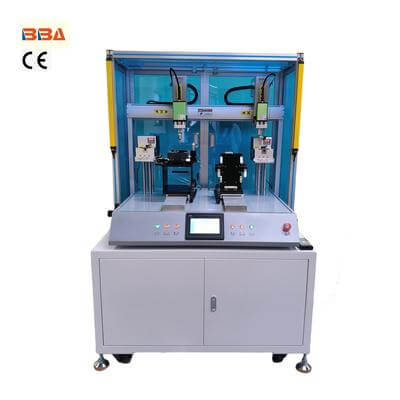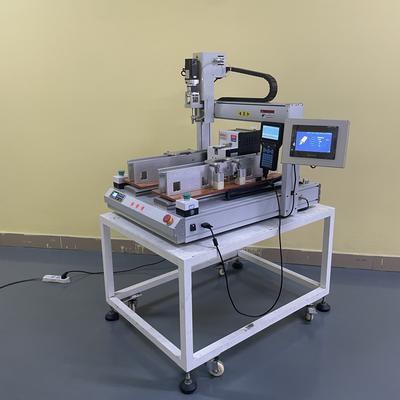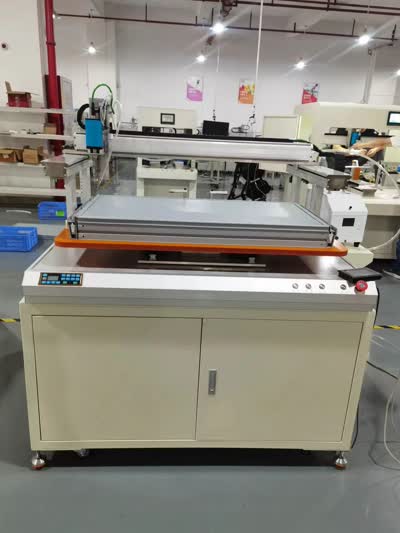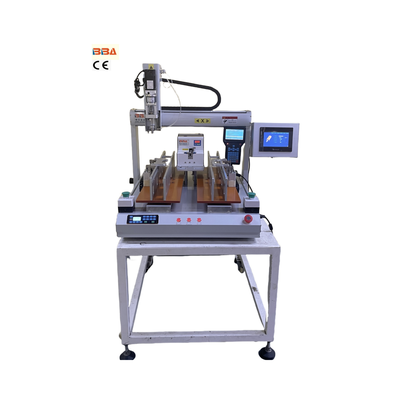Automatic Screwdriver Market Trends 2025-2030: Smart & Sustainable Solutions

The global industrial automation sector is undergoing rapid transformation, and automatic screwdrivers remain a critical component in manufacturing and assembly lines. As we look ahead to the period between 2025 and 2030, several key trends and market dynamics are expected to shape the demand, innovation, and adoption of automatic screwdrivers across industries.
One of the primary drivers of growth in the automatic screwdriver market is the increasing emphasis on efficiency and precision in manufacturing. Industries such as automotive, electronics, aerospace, and consumer goods are adopting automation at an accelerated pace to reduce human error and enhance production speed. Automatic screwdrivers, with their ability to deliver consistent torque and fastening accuracy, are becoming indispensable in high-volume production environments. By 2030, the demand for these tools is projected to grow significantly, particularly in regions with thriving manufacturing sectors like Asia-Pacific and North America.
Technological advancements are also set to revolutionize the automatic screwdriver market. Smart screwdrivers equipped with IoT capabilities, real-time monitoring, and adaptive torque control are expected to gain traction. These features enable predictive maintenance, reducing downtime and improving productivity. Additionally, the integration of artificial intelligence (AI) and machine learning (ML) will allow automatic screwdrivers to optimize performance based on historical data, further boosting efficiency. Manufacturers investing in R&D to incorporate these innovations will likely dominate the market by 2030.
Sustainability and ergonomics are becoming critical considerations for buyers. The shift toward eco-friendly manufacturing processes is driving demand for energy-efficient automatic screwdrivers with lower carbon footprints. Furthermore, ergonomic designs that minimize worker fatigue and reduce the risk of repetitive strain injuries are gaining importance. Companies that prioritize these aspects in their product development will have a competitive edge as industries increasingly align with global sustainability goals.
Another notable trend is the rise of collaborative robots (cobots) in industrial settings. Cobots equipped with automatic screwdrivers are being deployed to work alongside human operators, enhancing flexibility in assembly lines. This synergy between automation and human labor is expected to expand significantly between 2025 and 2030, especially in small and medium-sized enterprises (SMEs) seeking cost-effective automation solutions.
In terms of market challenges, the initial cost of high-end automatic screwdrivers may hinder adoption among smaller players. However, the long-term ROI, driven by increased productivity and reduced labor costs, is likely to mitigate this barrier over time. Moreover, the growing availability of rental and leasing models for industrial tools is expected to make advanced screwdrivers more accessible.
The automatic screwdriver market from 2025 to 2030 promises robust growth, fueled by technological innovation, sustainability demands, and the broader adoption of industrial automation. Manufacturers and suppliers that stay ahead of these trends by offering smart, efficient, and ergonomic solutions will be well-positioned to capitalize on the expanding opportunities in this space.
| Product Name | Applicable industries |
| Dual Head Screwdriver | Smart Wearables Production |


